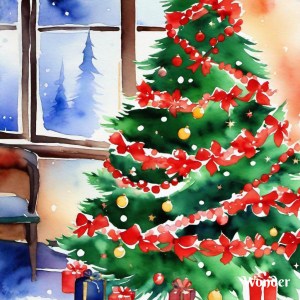By: Charlie St. Dennis

If you’ve at all been watching the news over the past few months, you might be aware that there’s a presidential election coming up in November. The two major parties, Democrats and Republicans, have nominated President Joe Biden and former President Donald Trump, respectively. Even though that’s getting a lot of attention, rightfully so, the ballot is going to be full of elections this year. Here is your guide to what you will be voting for.
US Senate
Sen. Amy Klobuchar (DFL) has represented Minnesota in the Senate since 2007, and is expected to be the DFL’s nominee for a third term in the Senate. Currently, 7 Republicans have filed to be on the ballot for the August primary, where they will ultimately decide their nominee. The DFL is expected to endorse Sen. Klobuchar at their State Convention in Duluth later this spring. The MN GOP has declined to endorse thus far.
US Representative
If you live in St. Paul or Minneapolis, you either live in District 4 or District 5. District 4 contains all of Ramsey County and a portion of Washington County. This means it contains all of Saint Paul and its Eastern surrounding suburbs, like Woodbury, Stillwater, West St. Paul, and more. District 4 has been represented by Rep. Betty McCollum (DFL) since 2001, and in her 23 year tenure, she has yet to face a formidable primary challenge. That remains unwavered this year. The DFL is expected to endorse her at the CD4 Convention later this month. May Lor Xiong, an educator, is the Republican poised to win the nomination. She ran in 2022 and lost with roughly 32% of the vote.
If you live in Minneapolis and it’s surrounding suburbs, however, you are likely in CD5. The district has been represented by Rep. Ilhan Omar, who has held the seat since 2019. Rep. Omar is currently facing a formidable primary challenge from Former Councilmember Don Samuels, who resides in North Minneapolis. Samuels has painted himself to be a more “pragmatic” alternative to Omar, who has proven to be one of the most progressive members of Congress. This race will likely be close, but Rep. Omar is expected to secure endorsements of many elected officials and potentially the DFL party, which will be decided on May 11th. Samuels previously ran a well-funded campaign against Omar in 2022, but was defeated in the primary.
State Legislature
This year, every state house seat will be up for election. State house seats are up every two years, and many Twin Cities Metro candidates are not facing formidable primary or general election challengers. The state legislature makes decisions that directly affect you, more so than the federal government. While these races may not seem exciting, they determine your rights.
Ballot Measures
In St. Paul, voters will vote on a childcare ballot measure. Voters would be voting on an increased property tax. The money from the increased tax would fully cover childcare for newborns to 5-year-olds from low-income families who fall 185 percent below the poverty line. That makes up the majority of the children in our city.
School Board (Minneapolis Only)
Since St. Paul voted on 4 school board seats last year, this year we have off. Minneapolis, on the other hand, will be voting for 4 seats. The seats are currently occupied by Kim Ellison, Ira Jourdain, Sharon El-Amin, and Adriana Cerrillo. Cerrillo and Ellison are running for re-election unopposed, Ira Jourdain is stepping down to run for State House, and El-Amin faces a challenger in Janie Gholston. Minneapolis Federation of Teachers President Greta Callahan is running against Lara Bergman for Jourdain’s seat. The Minneapolis DFL will reconvene their convention in May to endorse in that race.
Important Dates
It is important to note that regardless of the endorsement process, the voters will ultimately be selecting each party’s respective nominee. The statewide primary will be Tuesday, August 13th. Those nominees will engage in a 3-month general election campaign cycle, which will come down to Election Day, which is Tuesday, November 5th.
All elections are important, not just the ones getting attention. All 16, 17, and 18 year olds are able to pre register with the Secretary of State’s Office. Once you are 18, you can vote in all of these elections. Check your voter status at: www.mnvotes.org



















